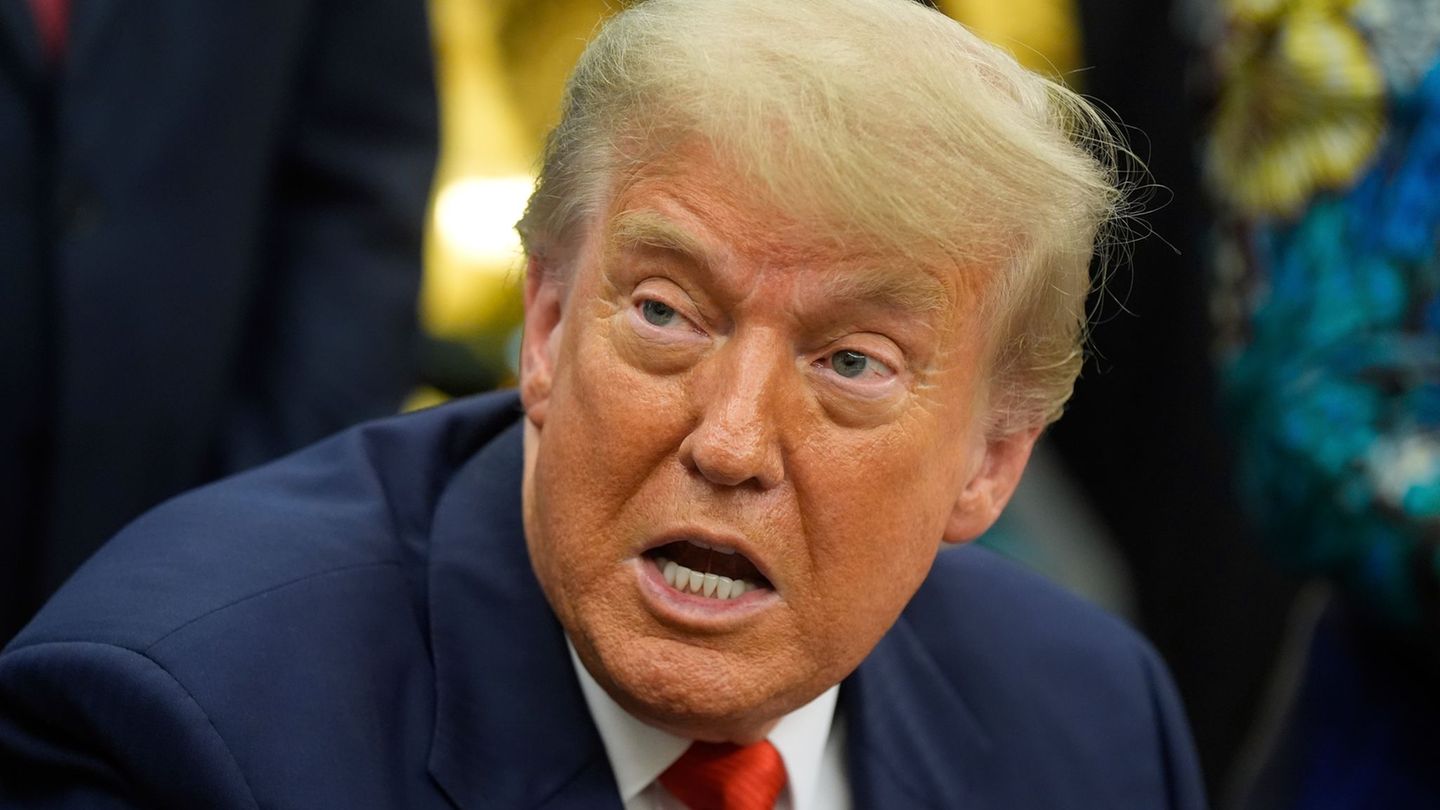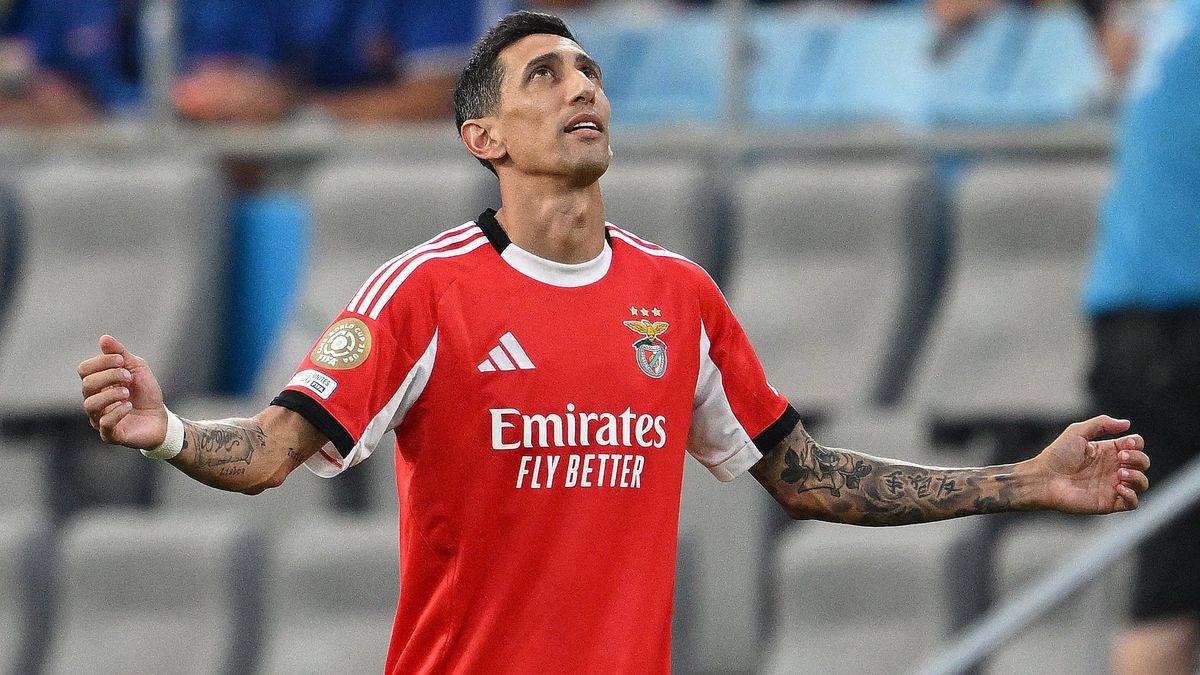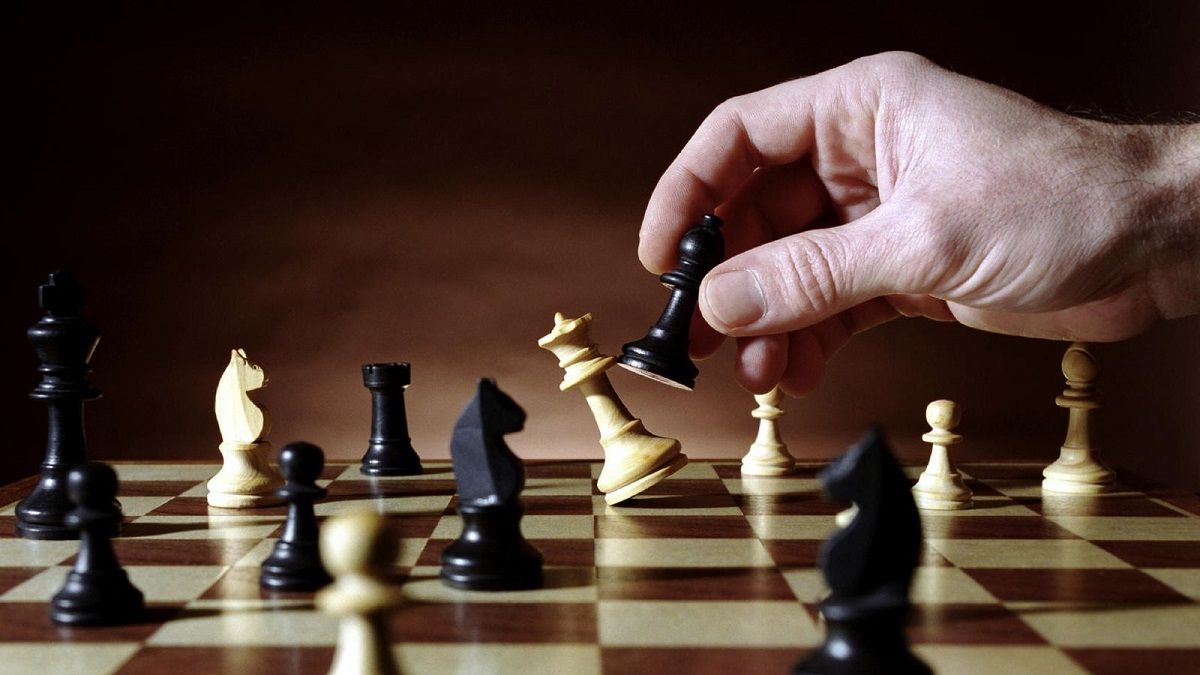Five people were injured, including an 11-year-old boy, and dozens of buildings were left without power in kyiv, where temperatures fell below 0°C, Ukrainian authorities said.
The aerial alert in the city lasted six hours, and the remains of fallen drones caused fires and damaged buildings in different parts of the capital, said the mayor, Vitali Klitschko.
The attack, which coincides with Ukraine’s commemoration of the “Holodomor”, the famine and death of millions of people in the country in the 1930s due to the policies of Soviet leader Joseph Stalin, caused large-scale power outages. in the capital, indicated the Ukrainian Ministry of Energy.
Last winter, millions of Ukrainians were left without heat and electricity due to Russian bombing.
In this context and with the beginning of snowfall in much of the country, Ukraine anticipates a new campaign of attacks against its energy network, although, on the other hand, it has more powerful weapons than it had a year ago to protect it.
“Ukraine has increased air defense capabilities after last winter. They have received great support from the international community with air defense systems. But (Ukrainian President Volodimir) Zelensky says that more is needed, so I think a second Winter War is anticipated,” Scott Lucas, professor of International Politics at the Clinton Institute (Ireland), explained to Télam.
“I think the air defenses are in a better position to make sure there is not as much damage to the power grid as there was last year, when half of it was out of service, but even if 15% or 25% of the power grid is hit, it is still being a significant inconvenience,” he added.
Last week, Zelensky said in an interview with several media outlets that Russia is stockpiling missiles to attack Ukrainian infrastructure.
“I think we are better prepared for winter than before,” Zelensky said. “But I don’t think Russia will use fewer weapons,” he added, anticipating that “it will be a difficult winter.”
The arrival of intense cold could also affect the fighting on the ground on the fronts in the south and east of the country, within the framework of a Ukrainian counteroffensive that is advancing at a slower pace than originally planned.
In the south, in recent days Ukrainian forces announced that they had gained ground on the eastern bank of the Dnieper River, an area occupied by the Russians, who for their part claimed to have repelled Kiev’s “landing operations.”
“Ukraine is moving forward gradually, and I emphasize gradually, in the south. “Now they are east of the Dnipro River, in the Kherson region, and if they continue this advance they will put more pressure on Russian-occupied Crimea,” Lucas said, referring to the peninsula that the Kremlin annexed in 2014.
The specialist in international conflicts described that on the eastern front “the Russians have been desperately trying to take Avdiivka, near the city of Donetsk (which is their main position in the occupied zone), but they have not yet succeeded,” while Ukraine It still has forces in that region that “could continue advancing with their attacks.”
Lucas, also an emeritus professor at the University of Birmingham (United Kingdom), indicated that current climatic conditions make the terrain wetter and more difficult to advance, but as the winter progresses the ground will become harder.
“Harder ground means that even if it’s frozen, you can move heavy armor as well as troops, so I think we’ll see continued attacks from both sides,” he said.
“But the fundamental thing is this: if Ukraine continues to receive international support, not only with ground equipment, but also with air equipment, such as fighter jets, it will obviously be in a preferable position on the battlefield over Russia,” he concluded.
However, the purchase of artillery by Israel, in the midst of its war with the Palestinian Islamist movement Hamas, which has been in a temporary truce since yesterday, makes it difficult for Ukraine to obtain military supplies.
In this context, the German Defense Minister, Boris Pistorius, was in Kiev this week and announced new aid to try to provide guarantees that Western powers will continue to support Ukraine in its fight against the Russian invasion.
Guarantees that took on another value not only due to the attention now placed on the Middle East, but also due to political resistance that arose in Washington one year before the presidential elections: Joe Biden is trying to get Congress to approve a request for “emergency” funds for 61,000 millions of dollars for Ukraine, but for now it is being blocked by the Republicans who have a majority in the House of Representatives.
In this context, the Secretary of Defense of the United States, Lloyd Austin, was also in the Ukrainian capital this week to reaffirm his country’s support and revealed new military aid of 100 million dollars.
The United States is by far the largest donor of military aid, but the Pentagon recognized that in the current context it had to measure its support.
Source: Ambito




